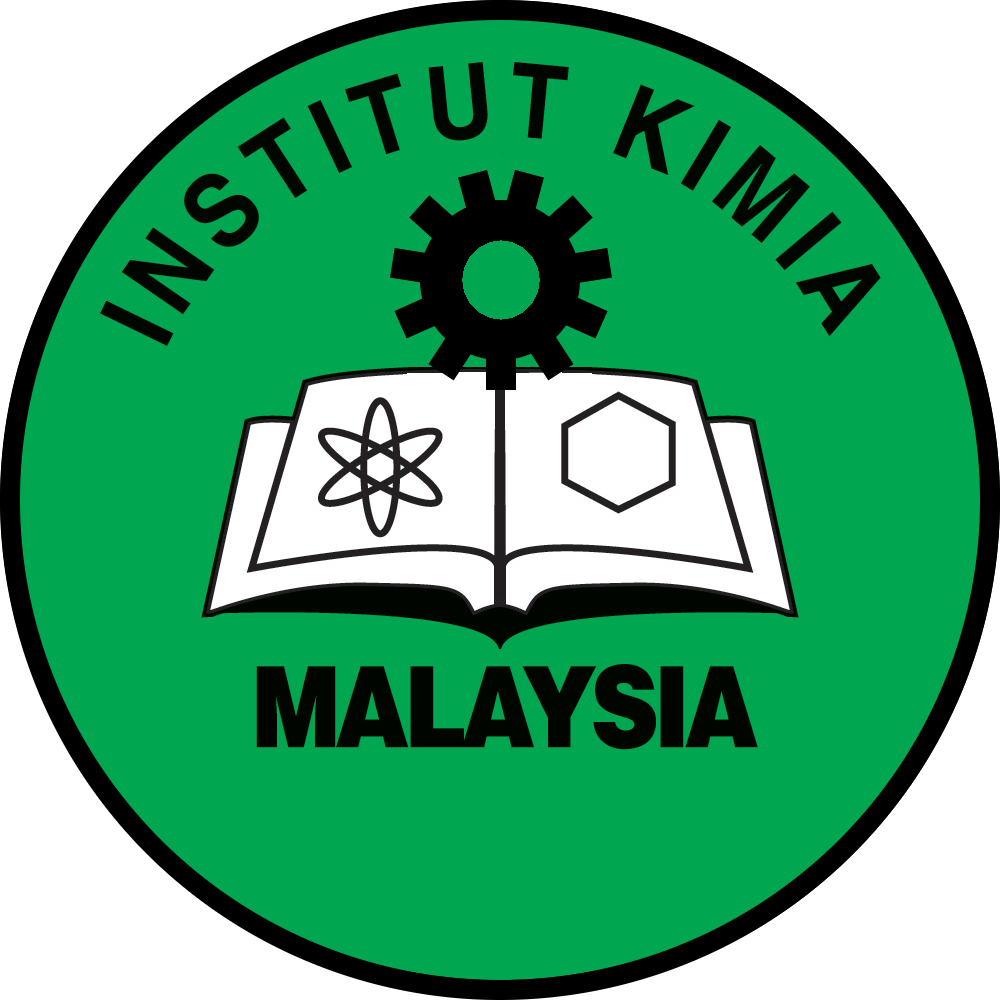Synthesis and Characterisation of Pinocembrin and Pinostrobin Derivatives
DOI: https://doi.org/10.55373/mjchem.v27i1.220
Keywords: Synthesis; pinocembrin; pinostrobin; derivatives
Abstract
Pinocembrin and pinostrobin are flavonoid molecules widely utilized in the pharmaceutical industry for their multifunctional properties. These compounds exhibit a broad range of pharmacological activities, including antimicrobial, anti-inflammatory, antioxidant, and anticancer effects. This study aimed to synthesize derivatives of pinocembrin and pinostrobin, and to enhance their pharmacological properties. By modifying their structures, the goal is to improve their therapeutic efficacy and selectivity against specific diseases, such as cancer, inflammation, and neurodegenerative disorders. In the synthesis and derivatisation, eight compounds have been synthesised. The synthesis was accomplished in three steps. The first step is the synthesis of chalcone via Claisen–Schmidt condensation. The reaction involved 2-hydroxy-4,6-dimethoxyacetophenone and substituted benzaldehydes. 4’-chloro-2-hydroxy-4,6-dimethoxychalcone (1) and 4’-bromo-2-hydroxy-4,6-dimethoxychalcone (2) were successfully synthesized. 4’-chloro-5,7-dimethoxyflavanone (3) and 4’-bromo-5,7-dimethoxyflavanone (4) were obtained in step two via the cyclization of chalcones and in the last step is demethylation of aryl methyl ethers. 4’-chloropinostrobin (5), 4’-chloropinocembrin (6), 4’-bromopinostrobin (7), and 4’-bromopinocembrin (8) have been synthesized successfully, but in low yield.
